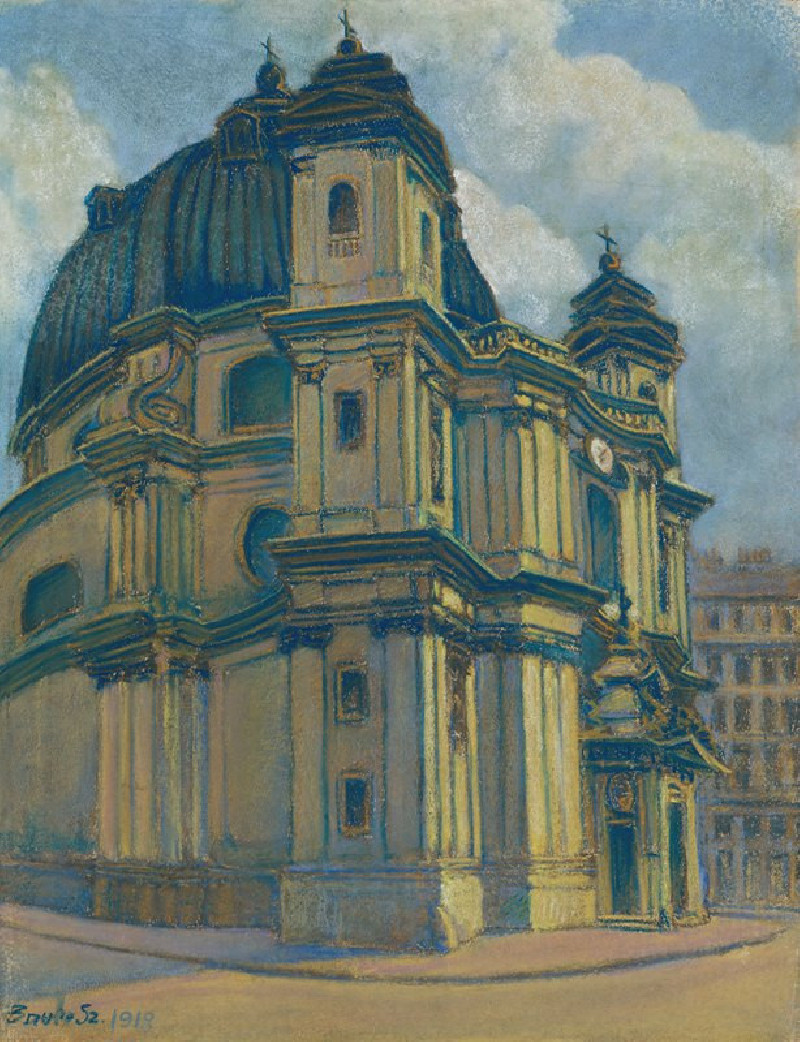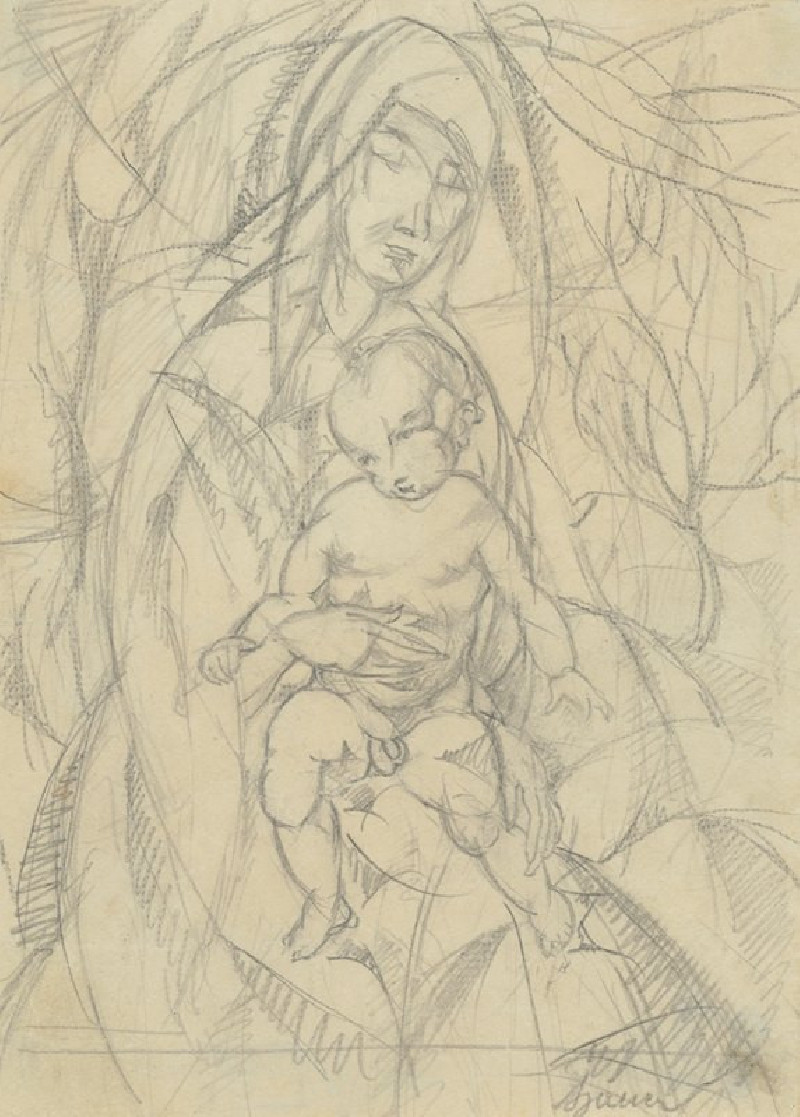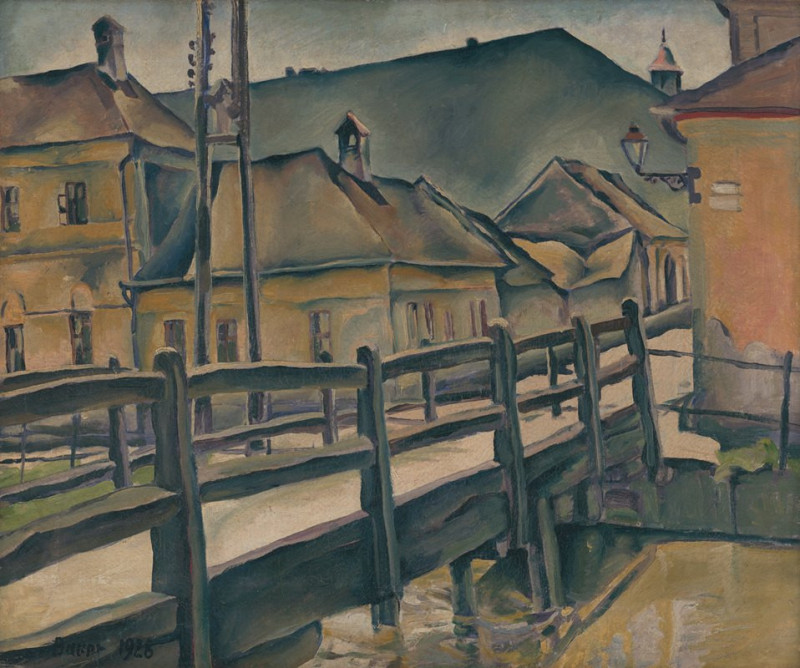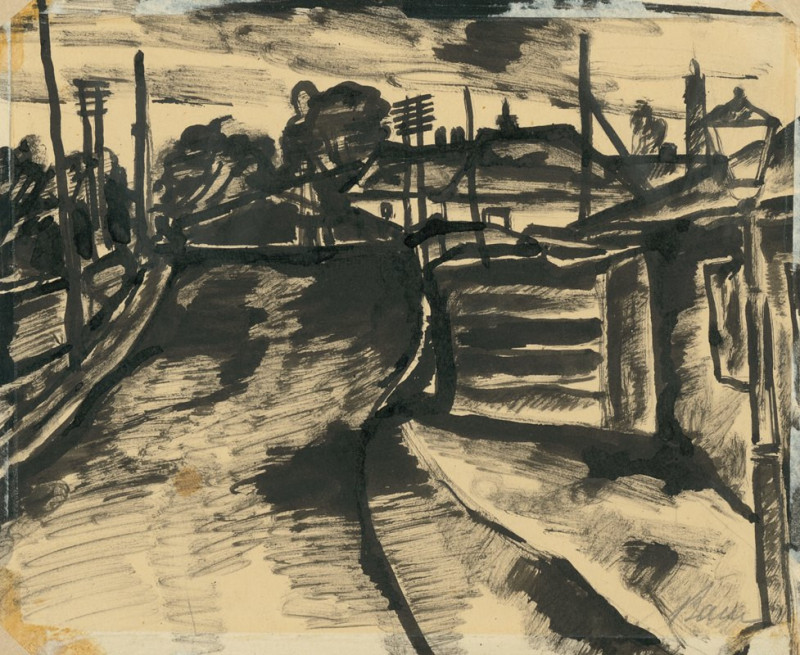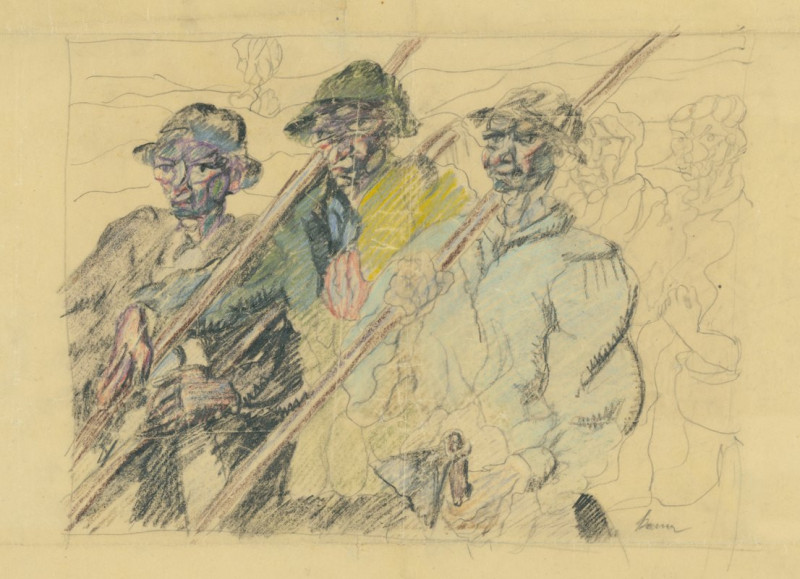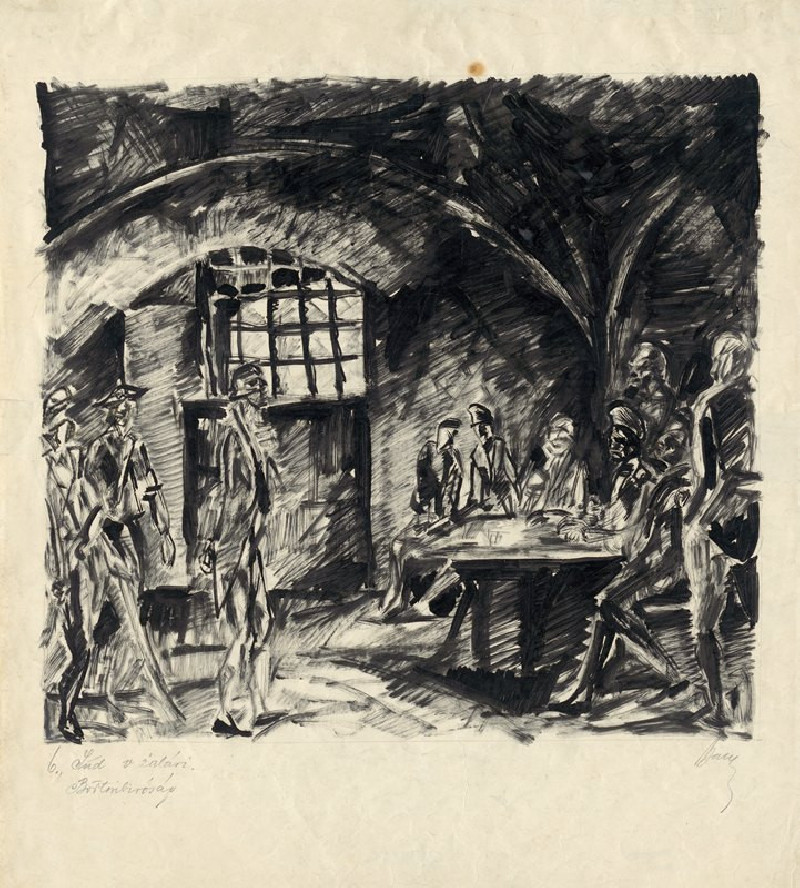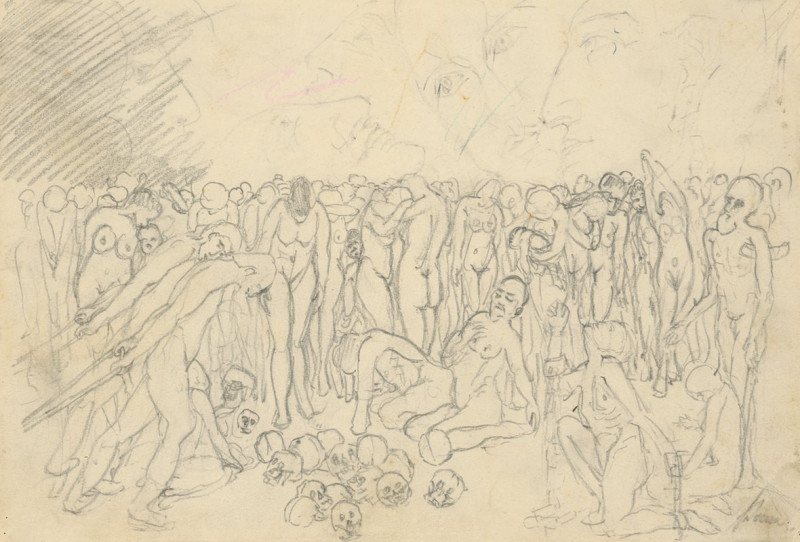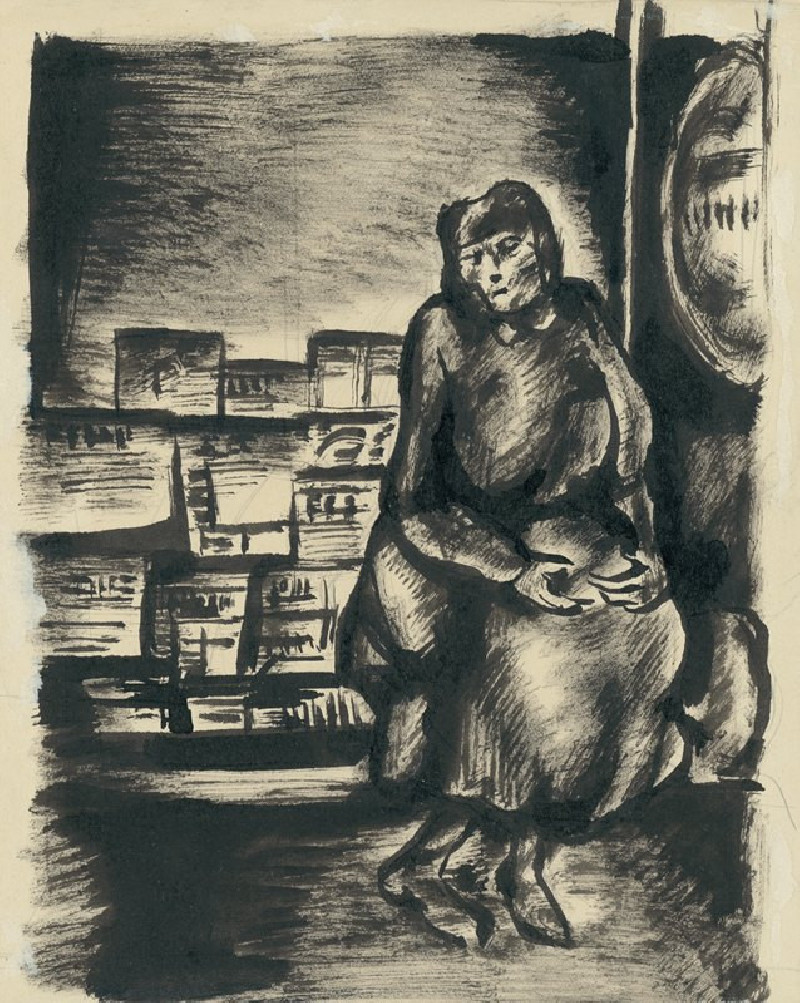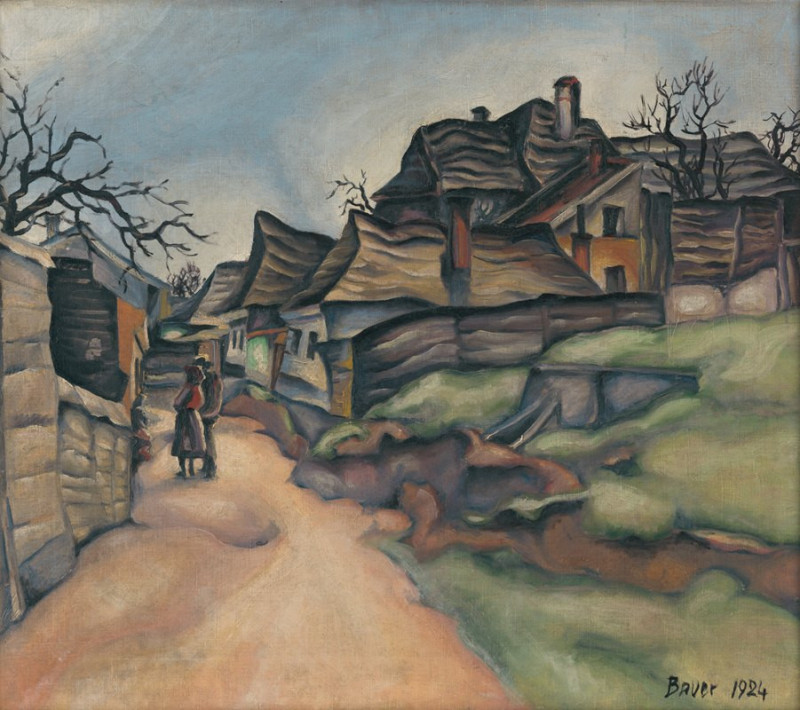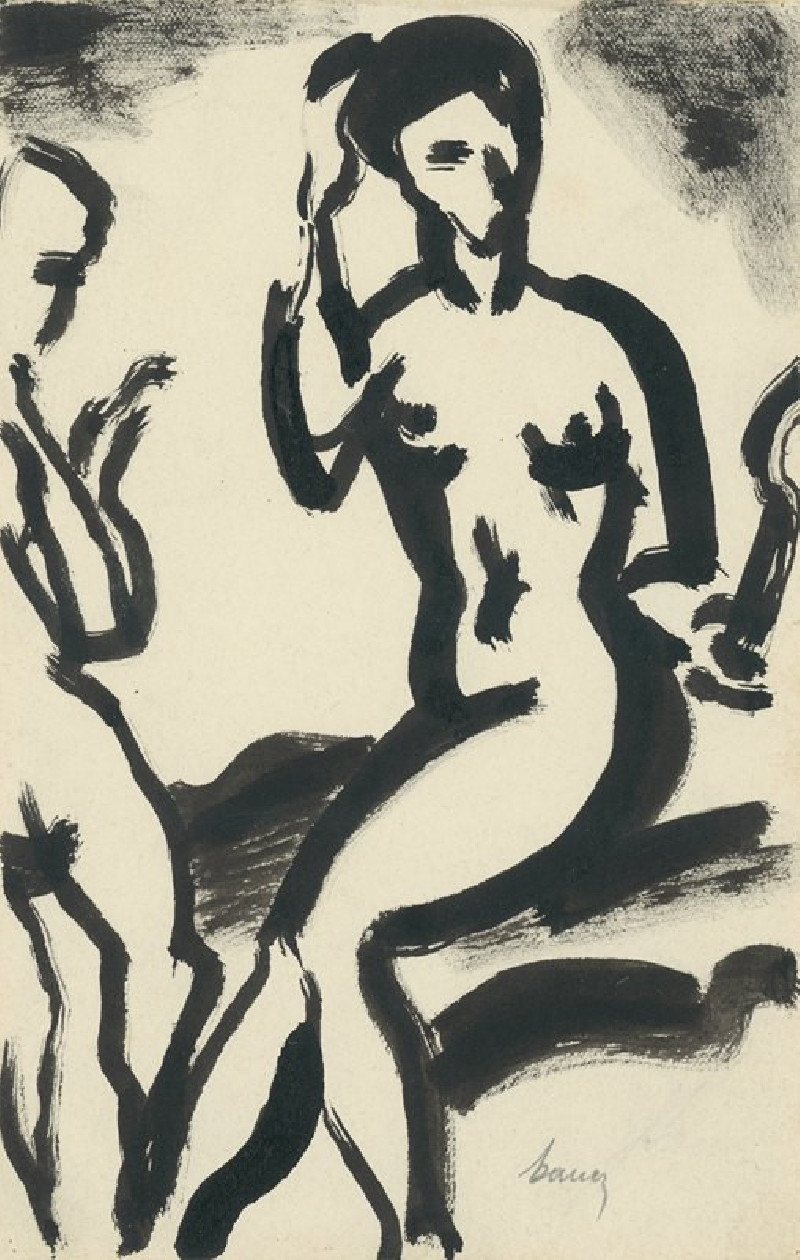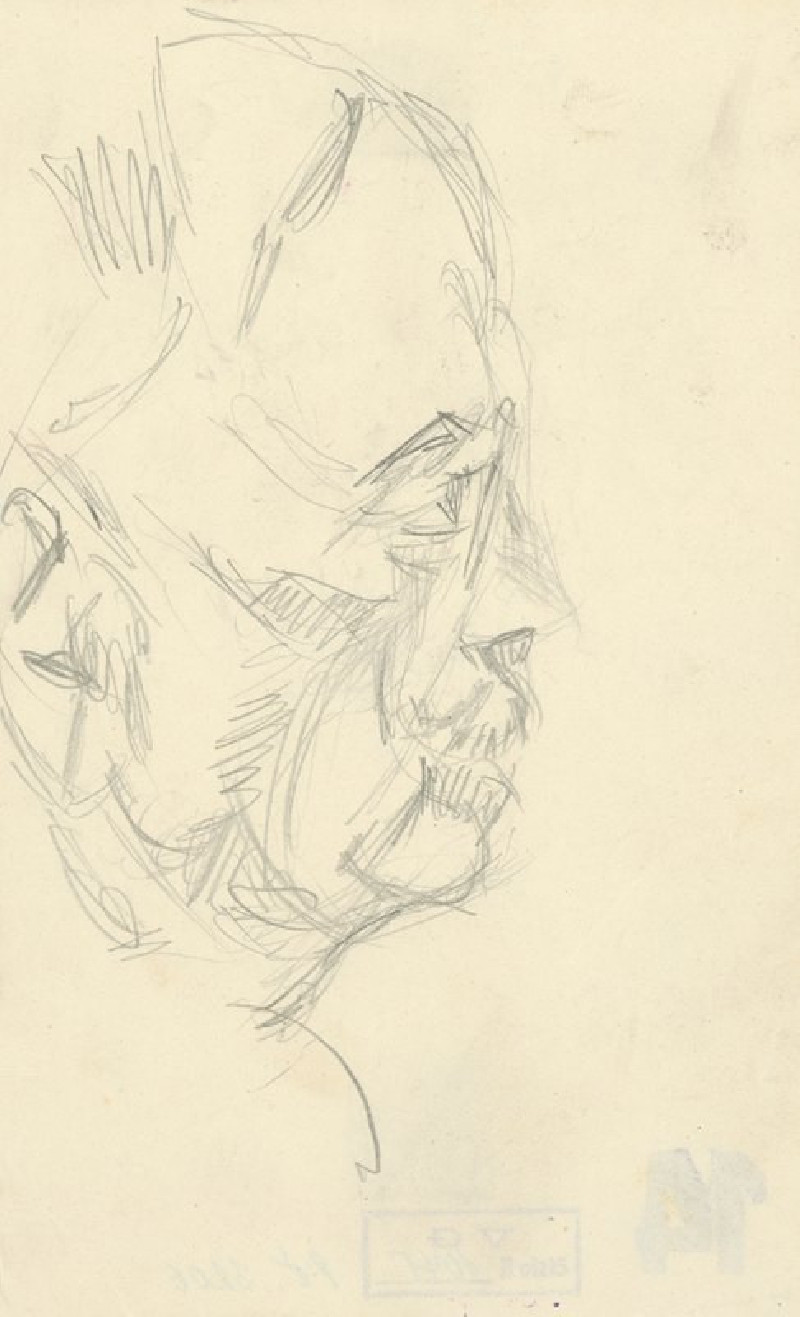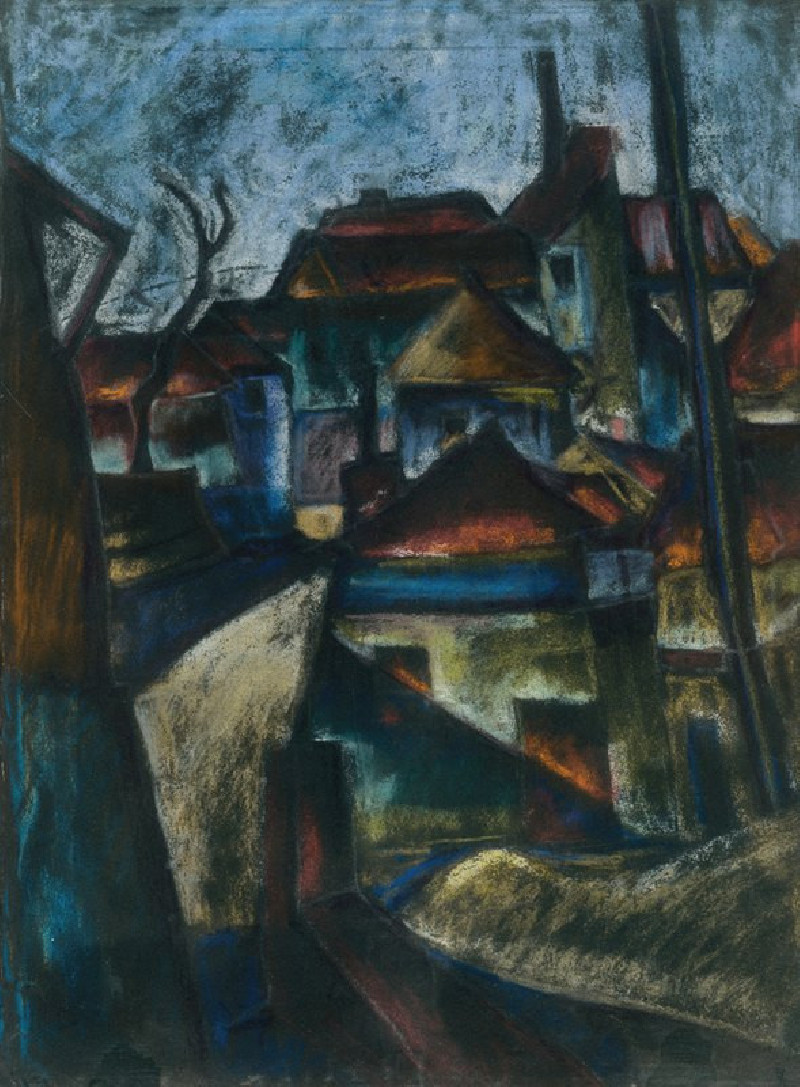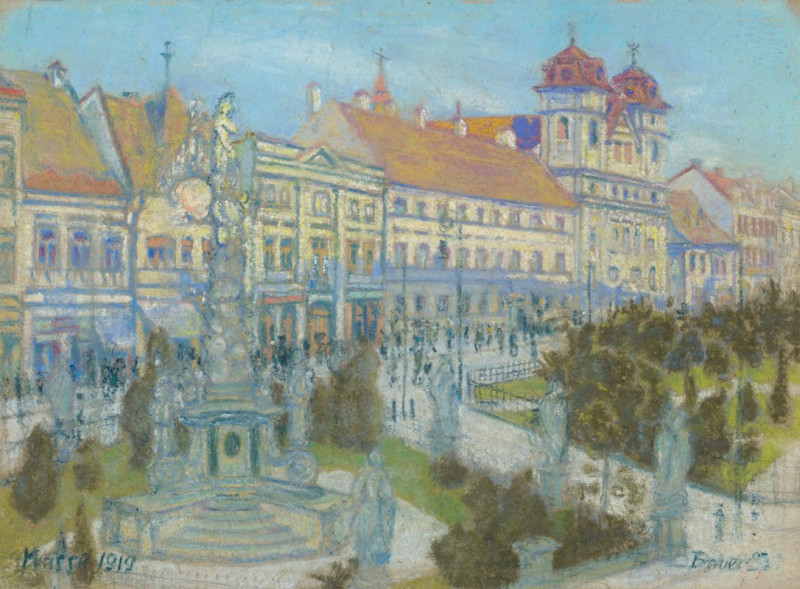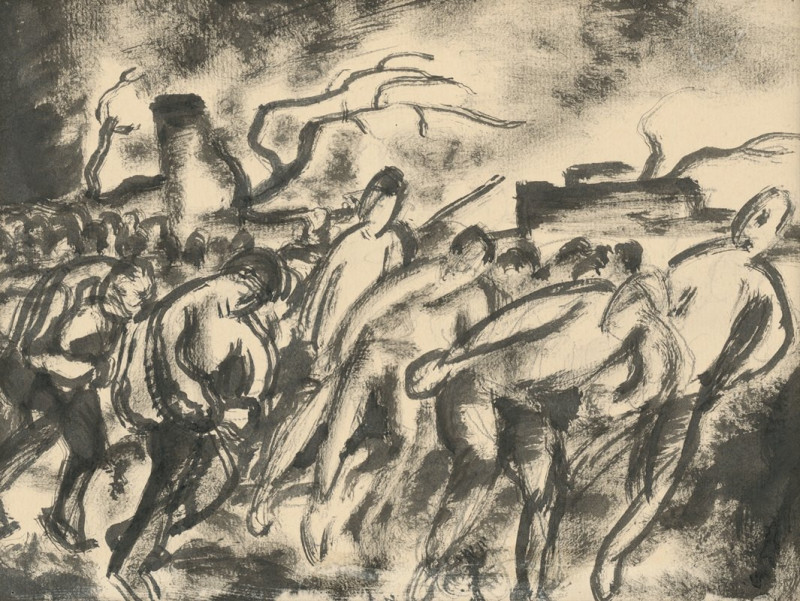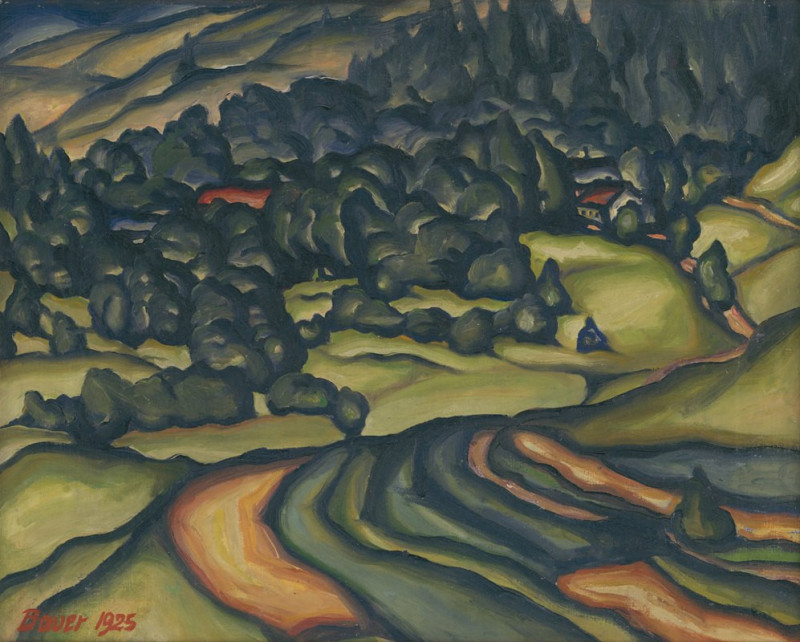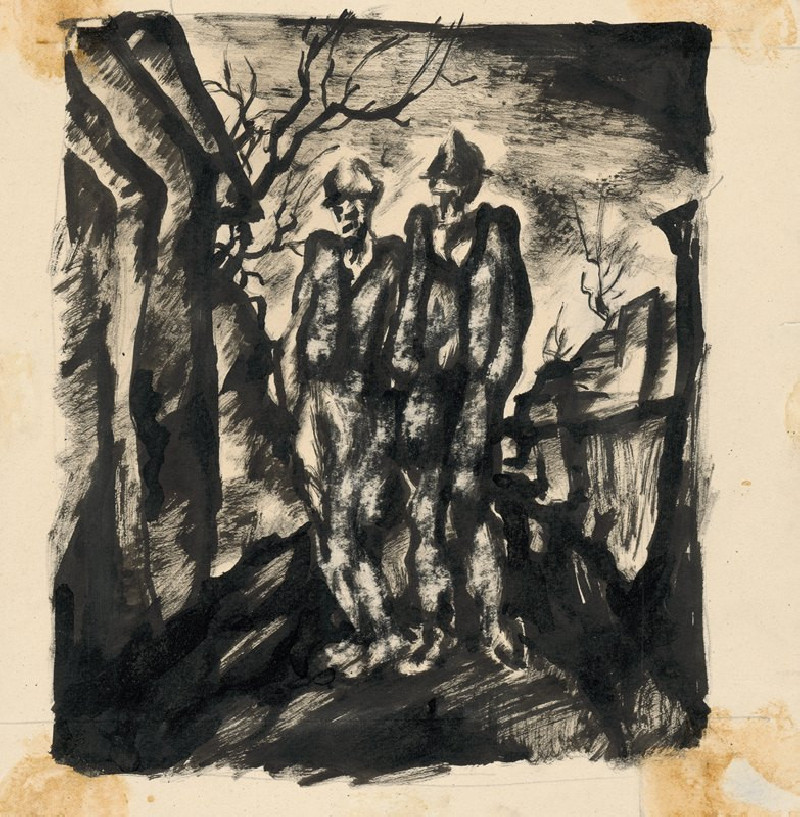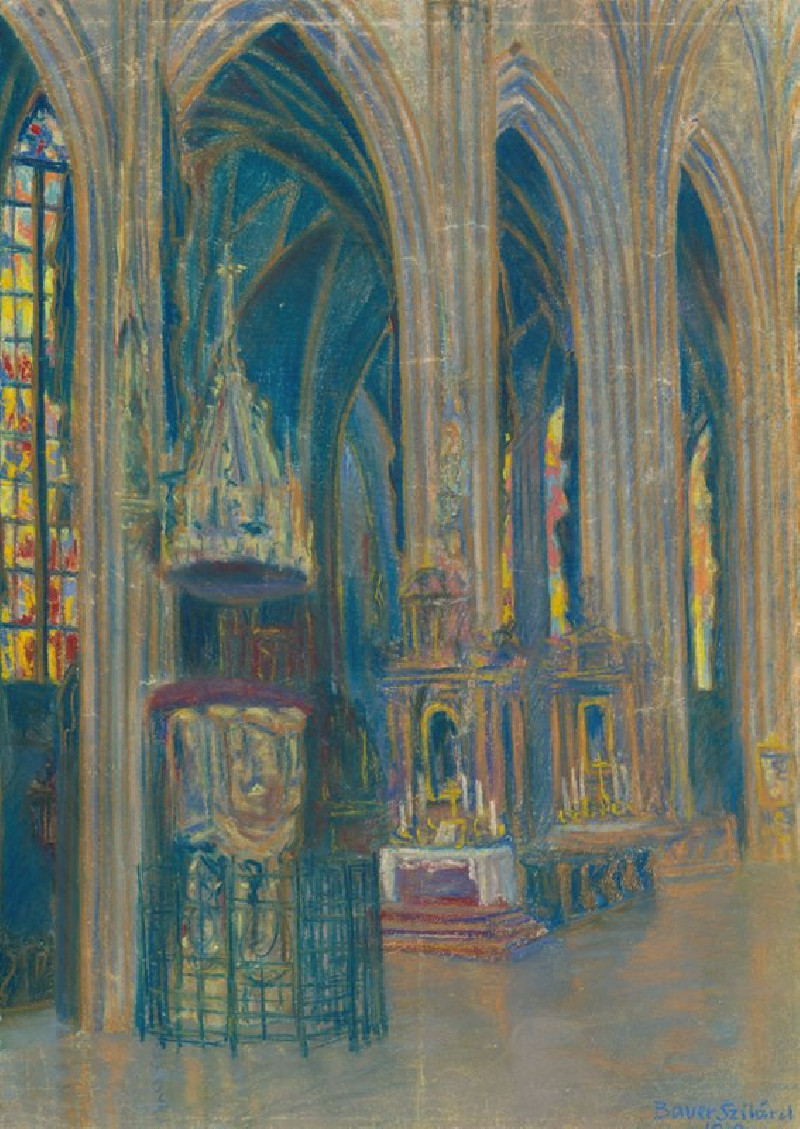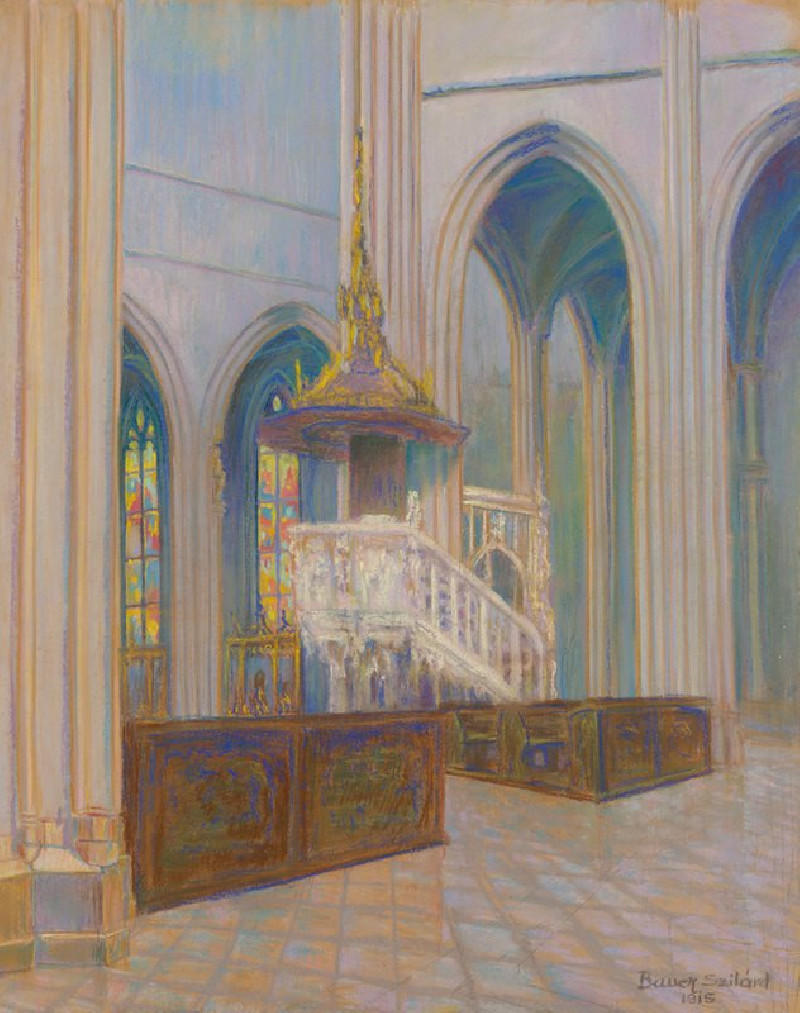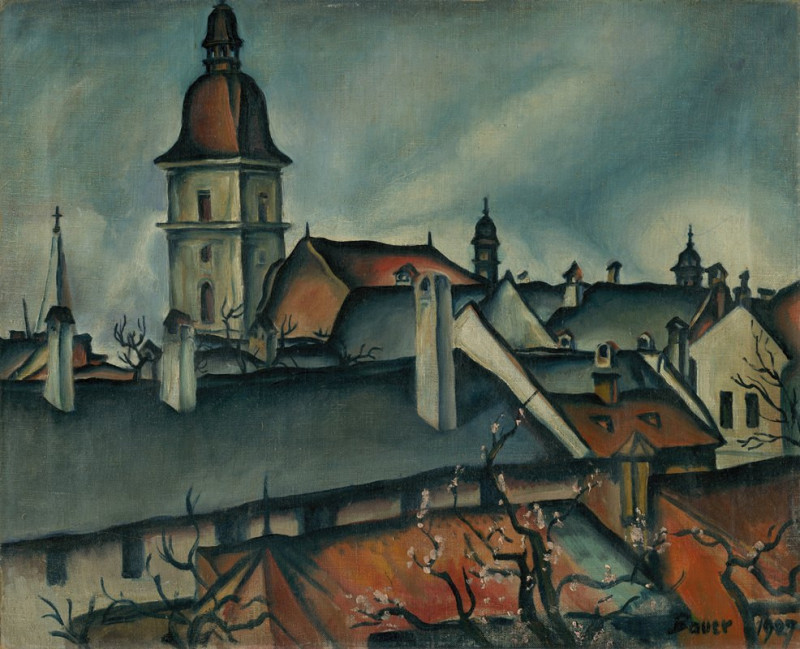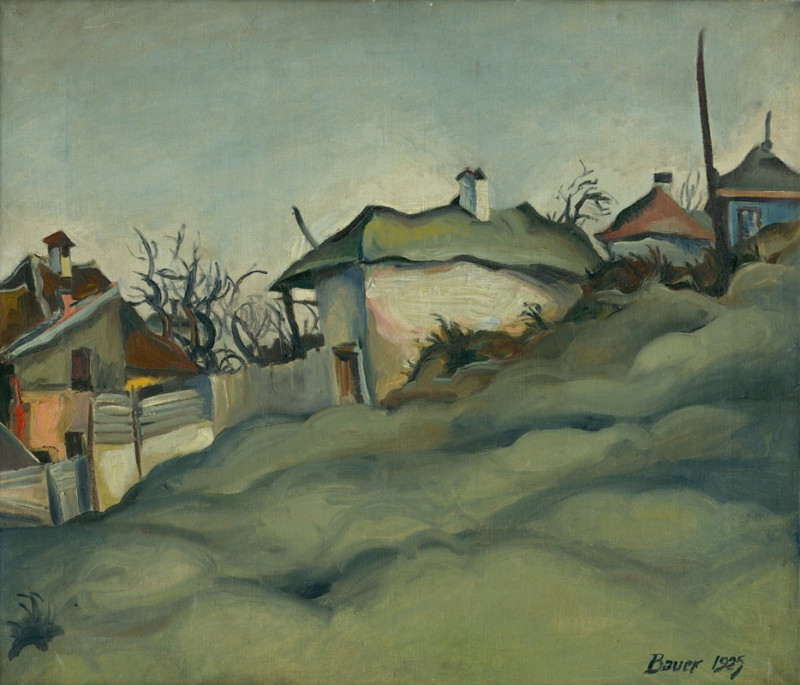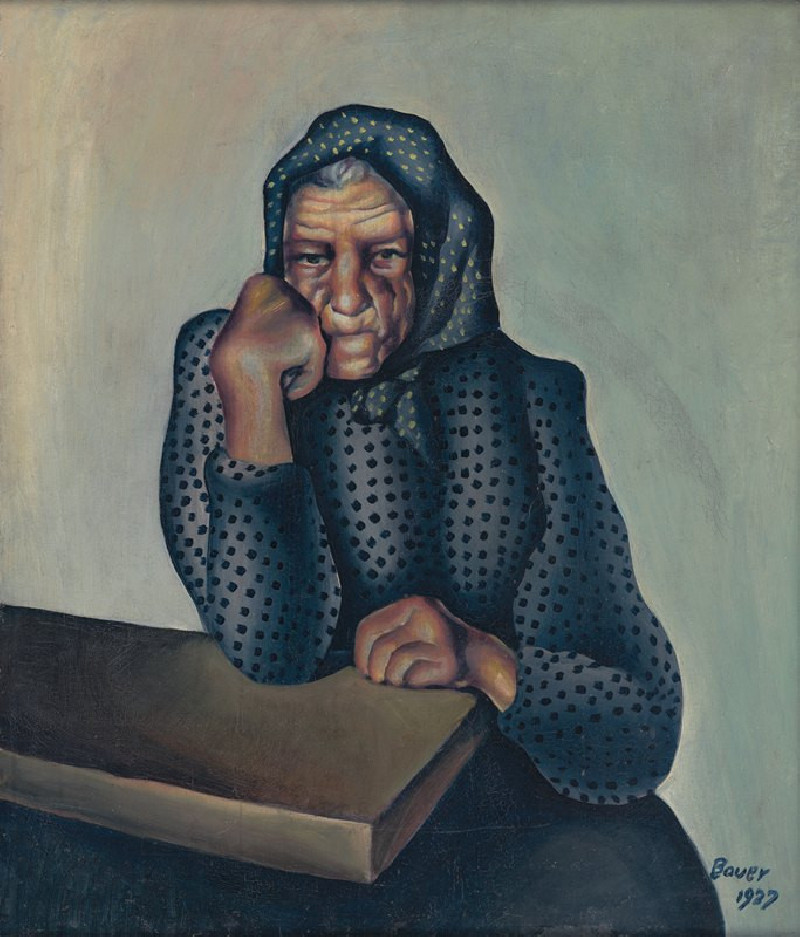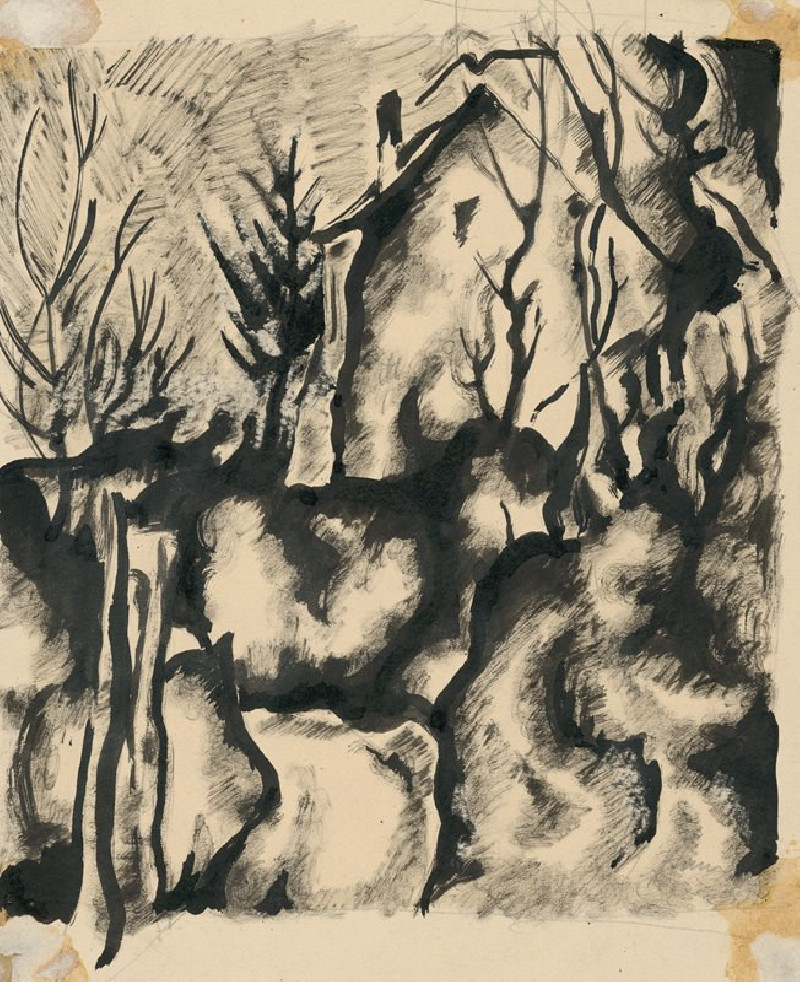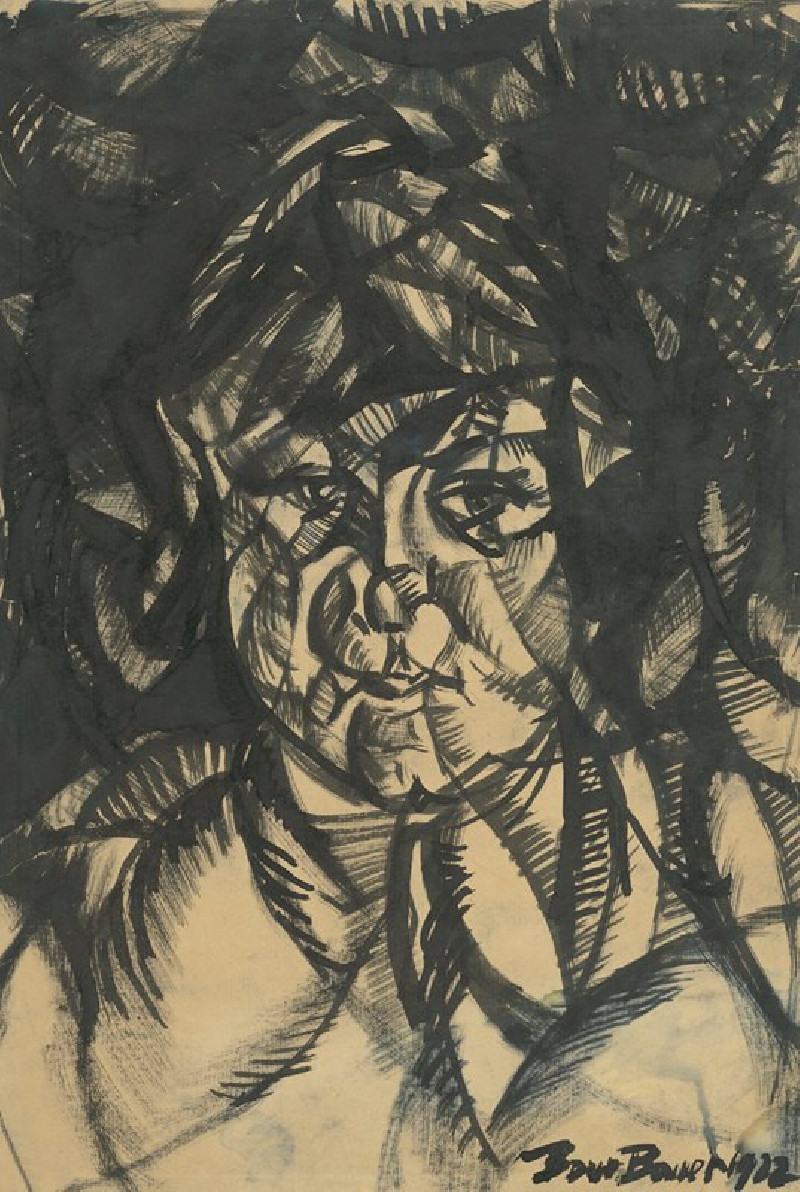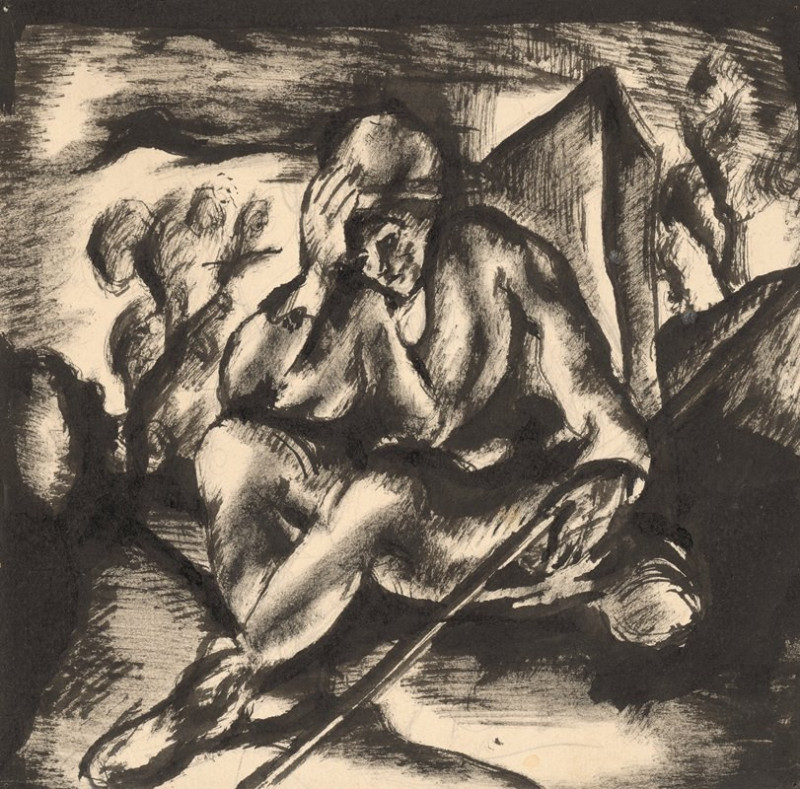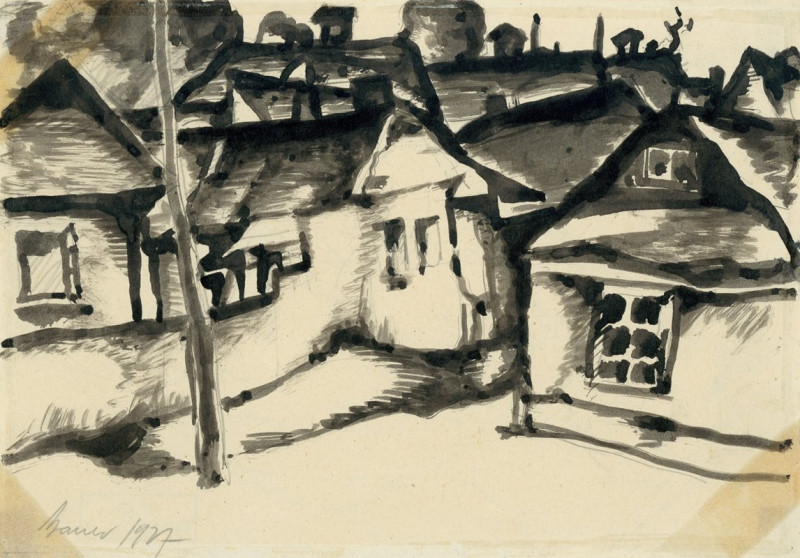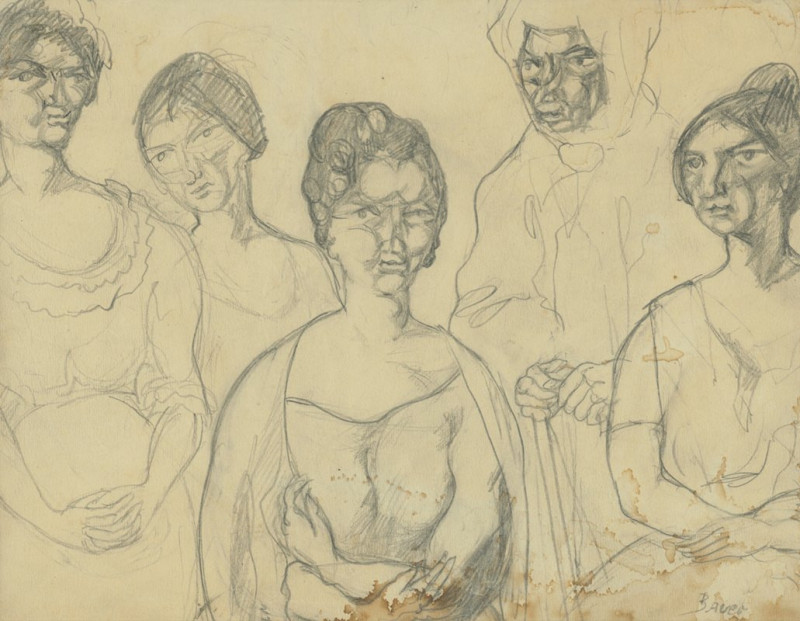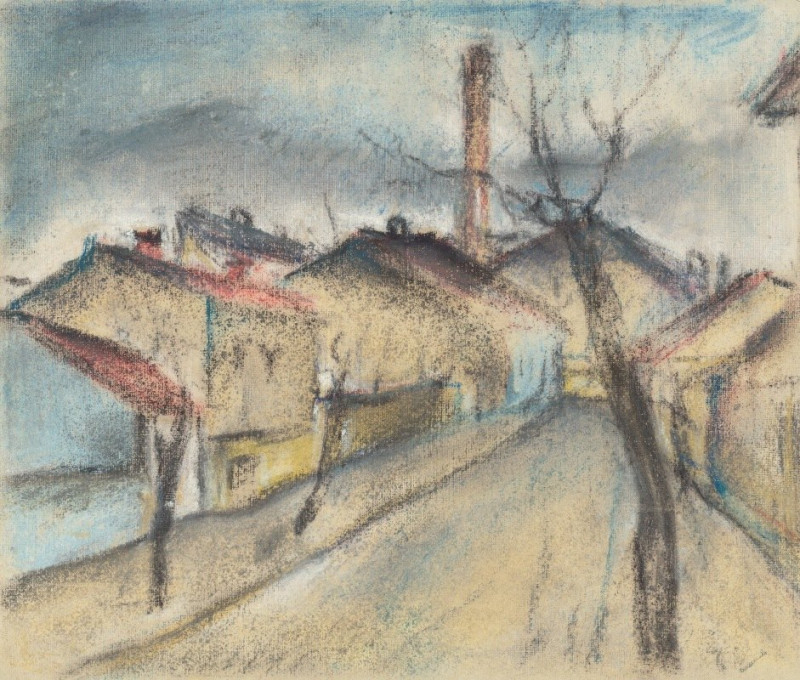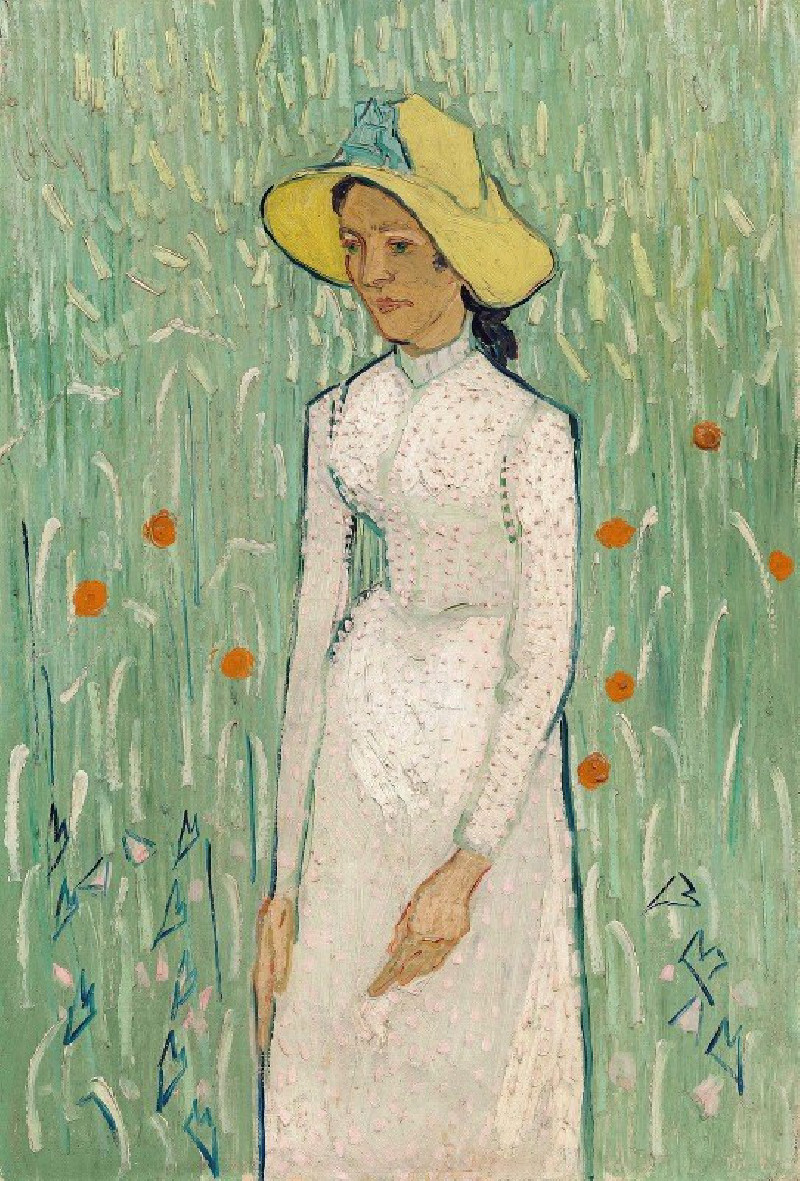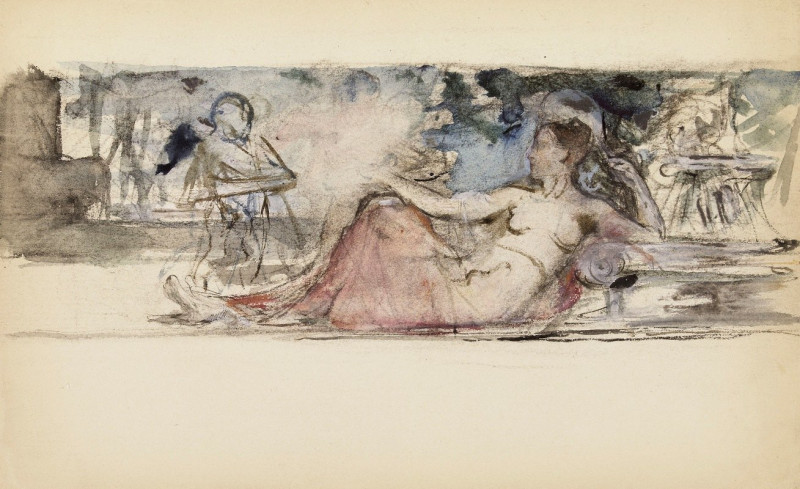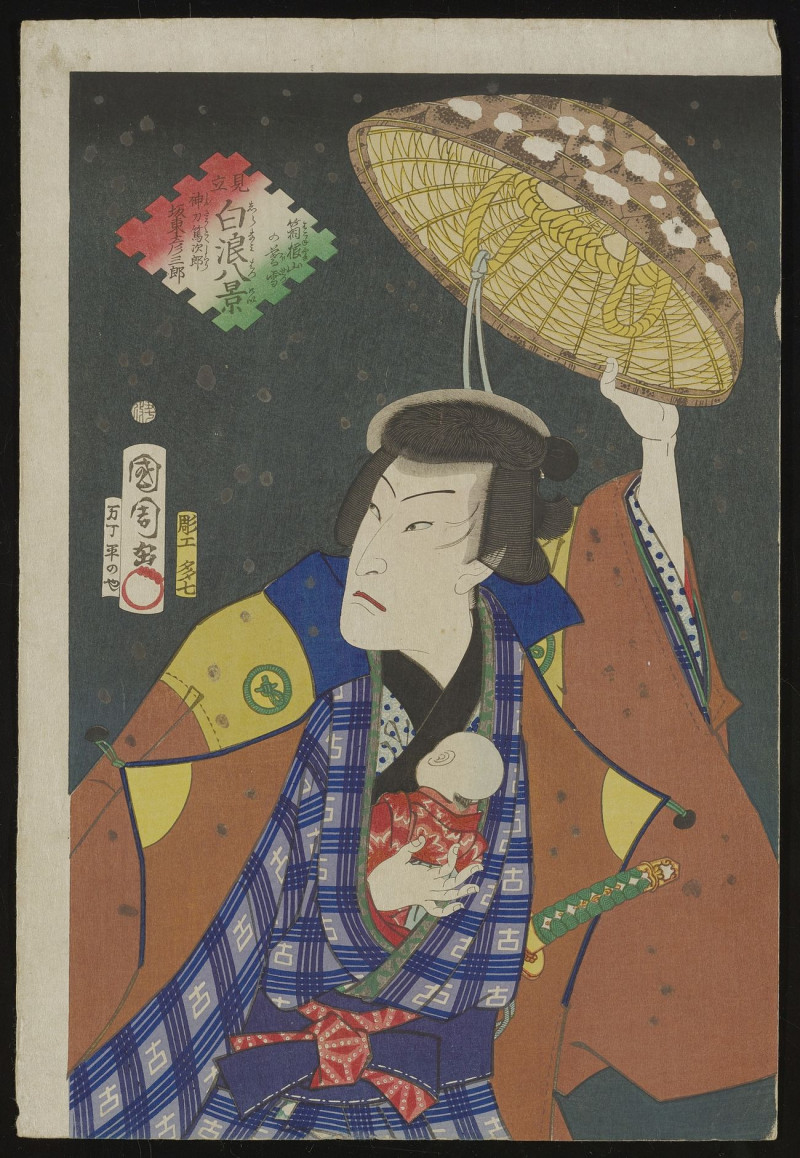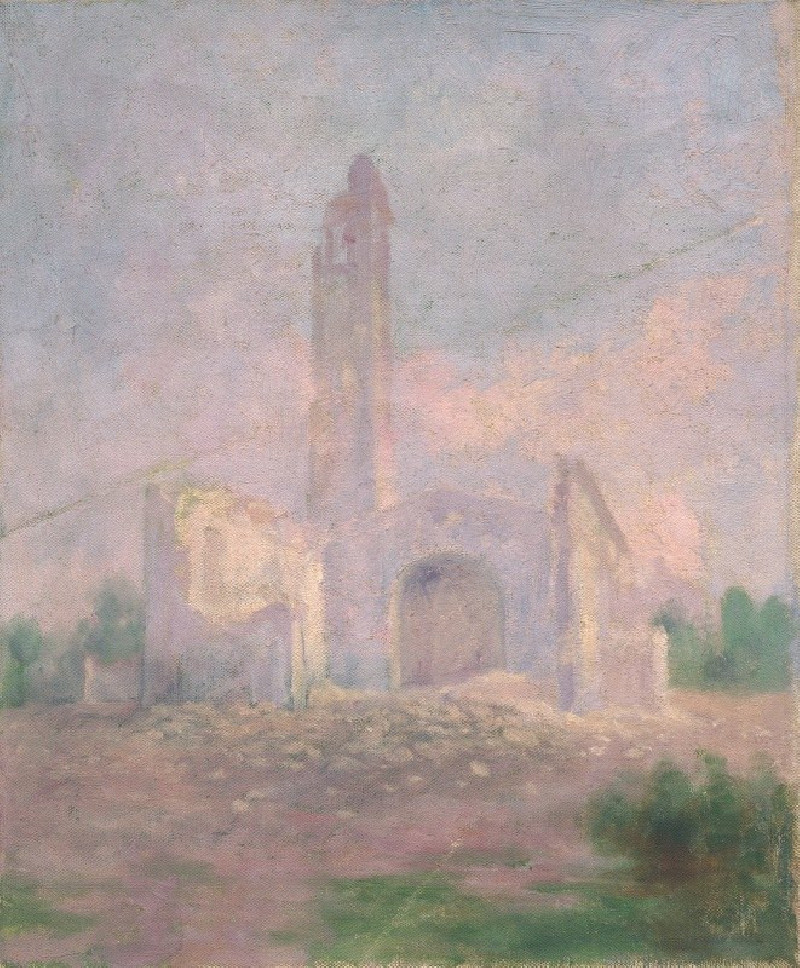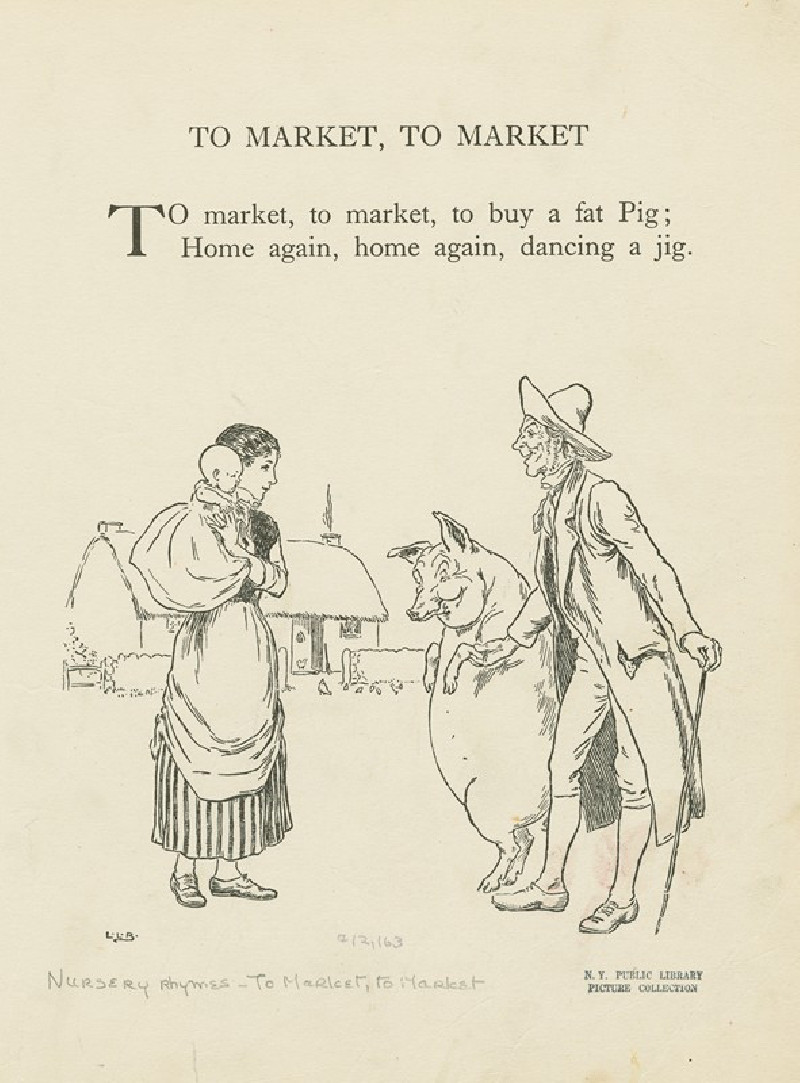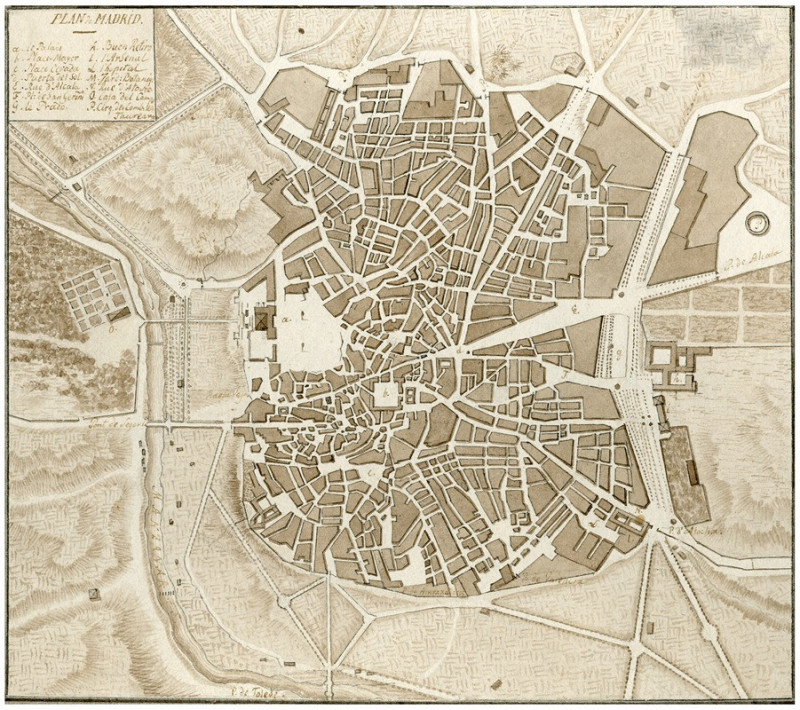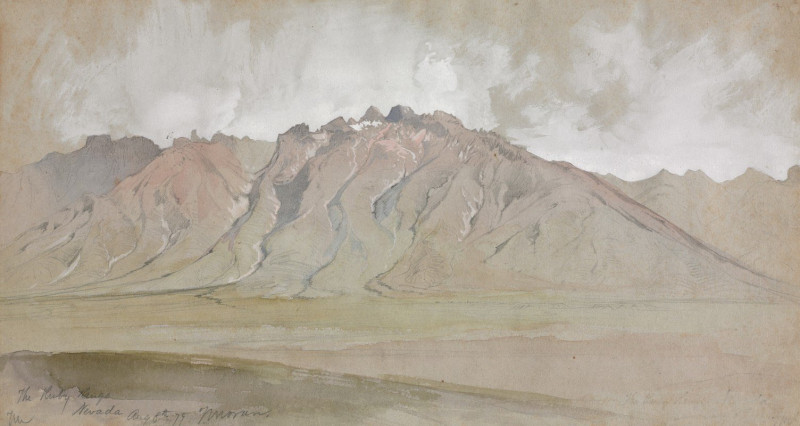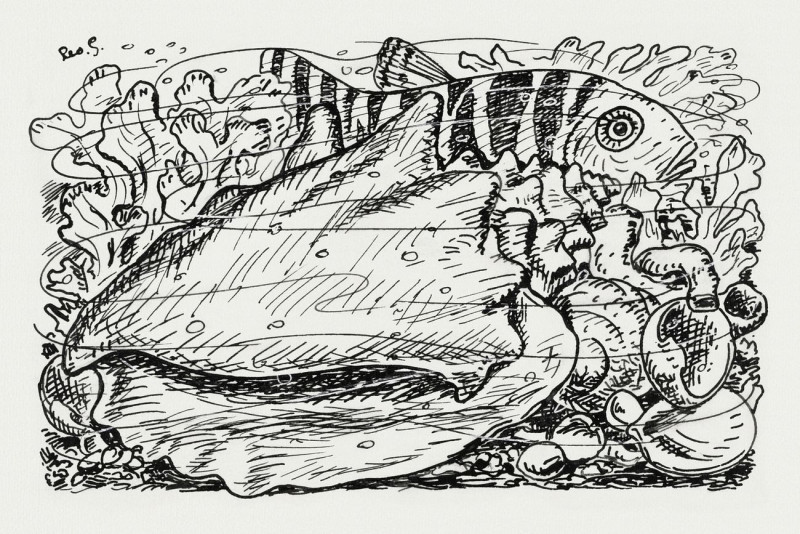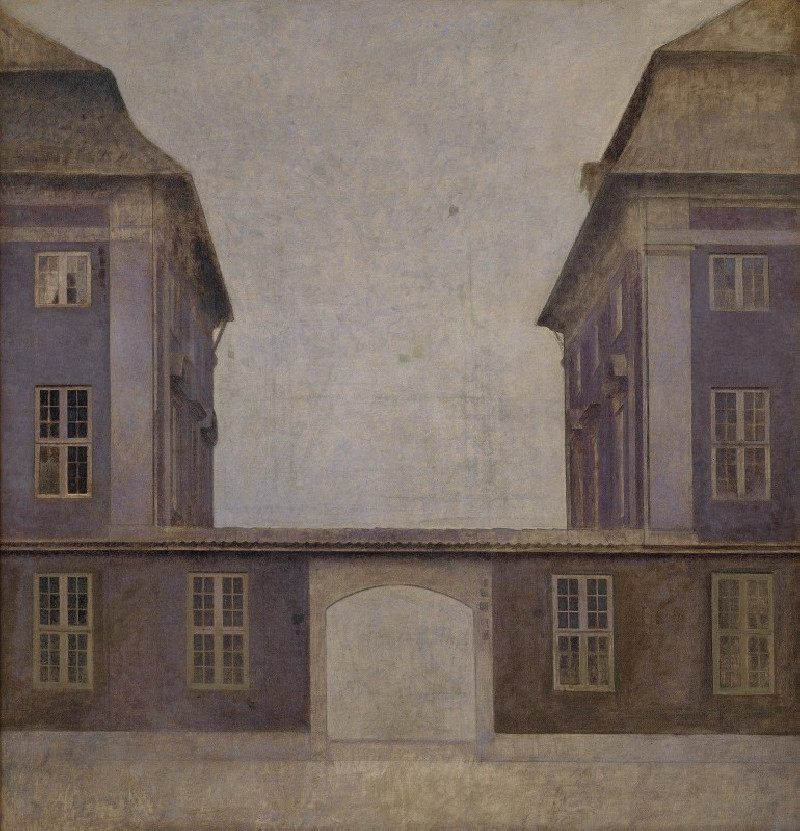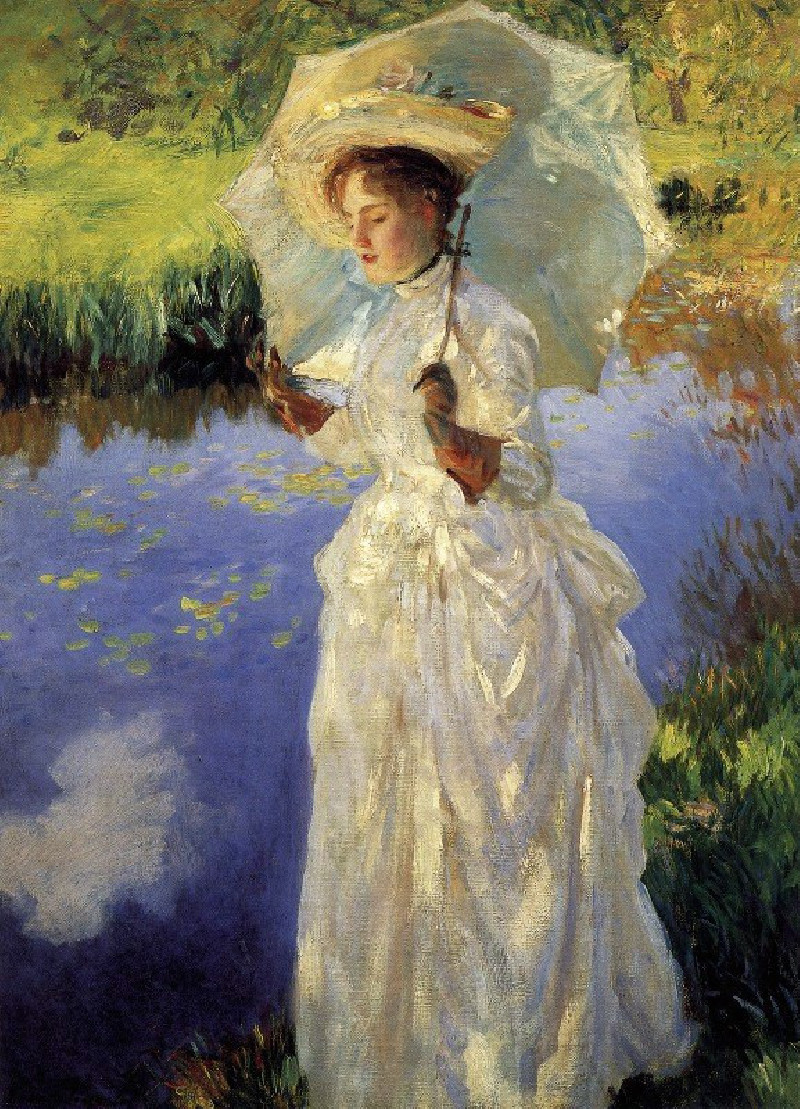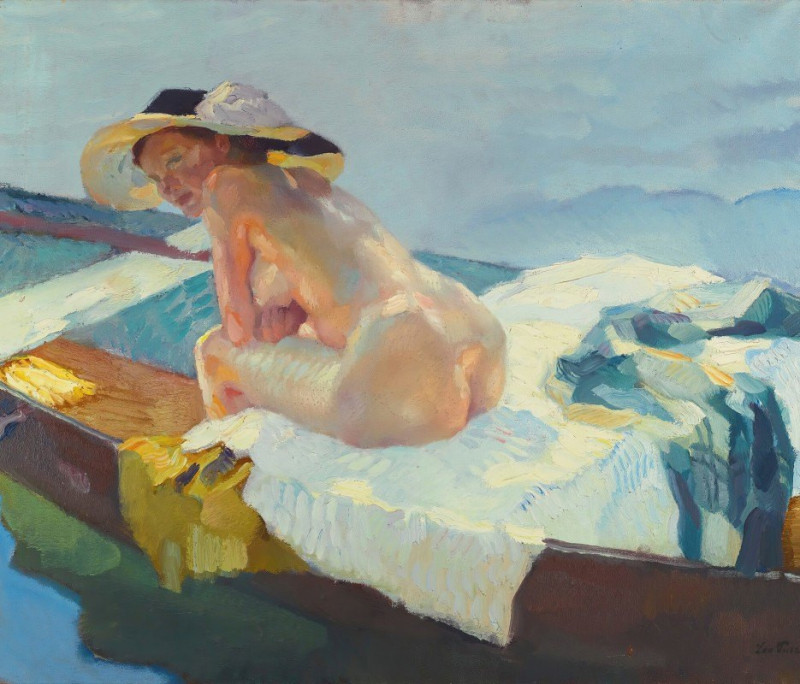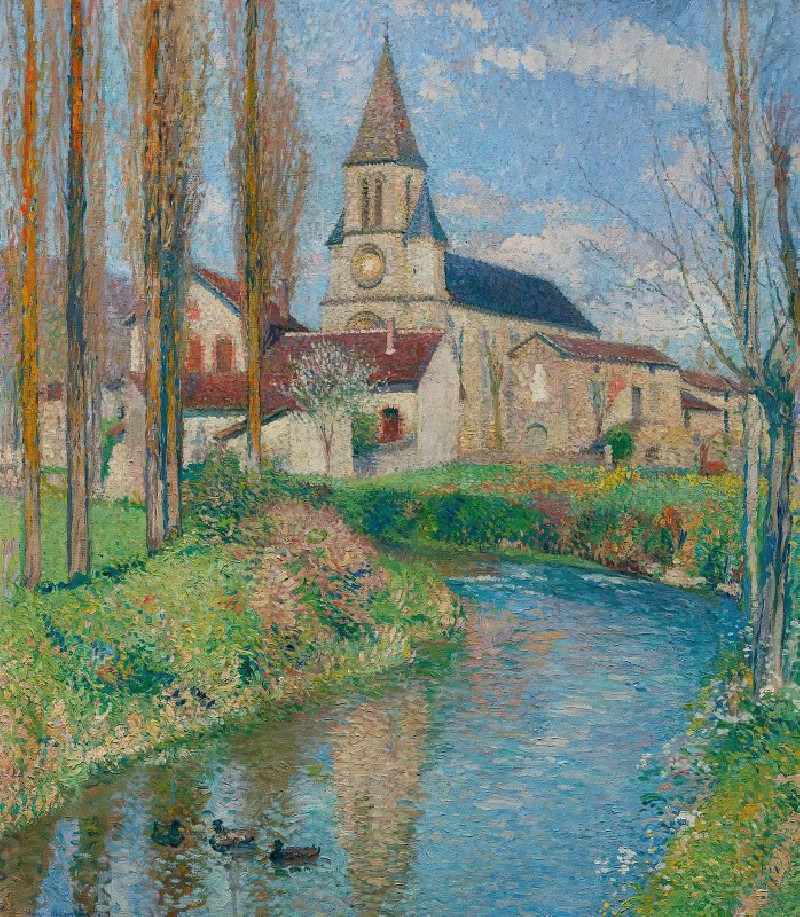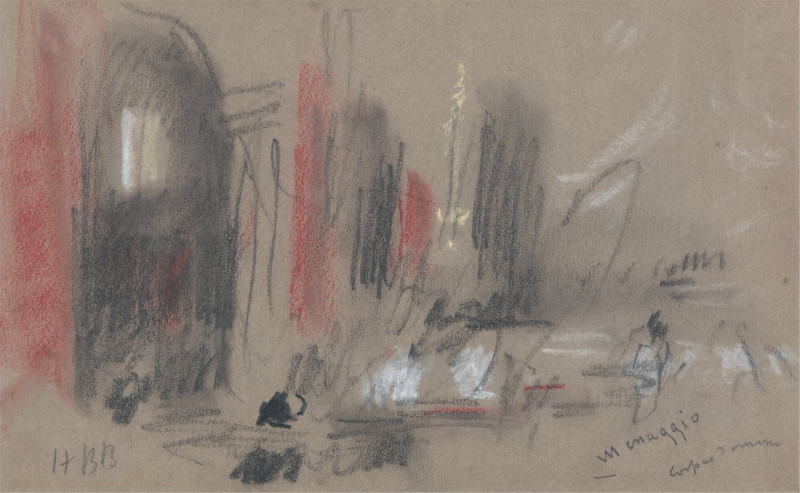Kostol vo Viedni (1918)
Technique: Giclée quality print
Recommended by our customers
More about this artwork
Titled "Kostol vo Viedni" (Church in Vienna), this enchanting 1918 pastel work by Konštantín Bauer depicts a grand and majestic church set against a backdrop of soft, cloud-filled skies. Bauer’s use of pastel lends a unique texture to the painting, giving the architectural details a dreamy yet robust appearance. The church, which is the main focus, is rendered with impressive attention to its elaborate Baroque facade, featuring dynamic curves, bold columns, and ornate decorations that practically glow under Bauer's skillful use of light and shadow.The rich blues and golds used in the artwork suggest different times of day or seasons might influence the viewer's interpretation, hinting at either early morning light or late afternoon warmth bathing the structure. The softness of the pastel creates an almost ethereal atmosphere, inviting the viewer to explore not just the architectural beauty but also the serene mood captured by Bauer's deft hand.
Delivery
Returns
Konštantín Bauer was a Slovak painter.
Konštantín Bauer was born on November 24, 1893 in Slovenská Ľupča. He spent his childhood in Banská Bystrica. At the age of fifteen, he moved with his parents to Košice, where he graduated from high school. After graduating in mechanical engineering in Budapest in 1915, he worked briefly as an engineer in Novo Mesto pod Šiatrom. From 1916 to 1918 he worked as a railway engineer in Transylvania and then as a civilian employee at the Ministry of War in Vienna.

